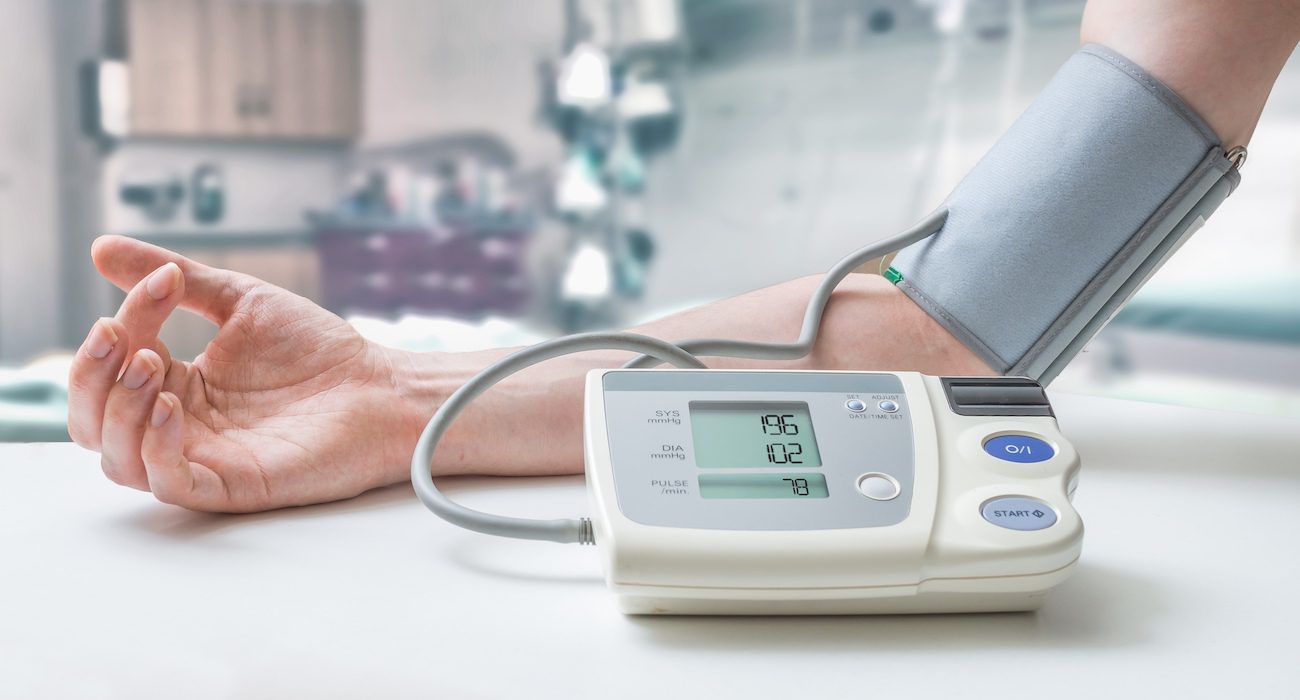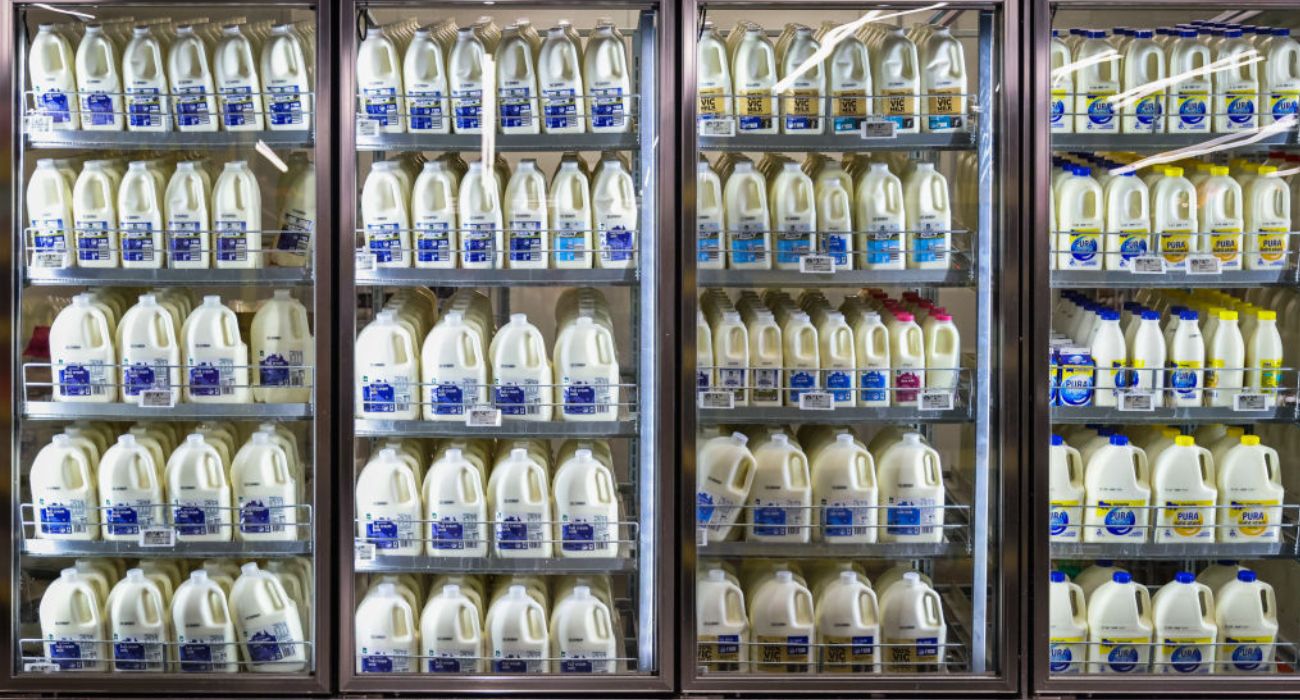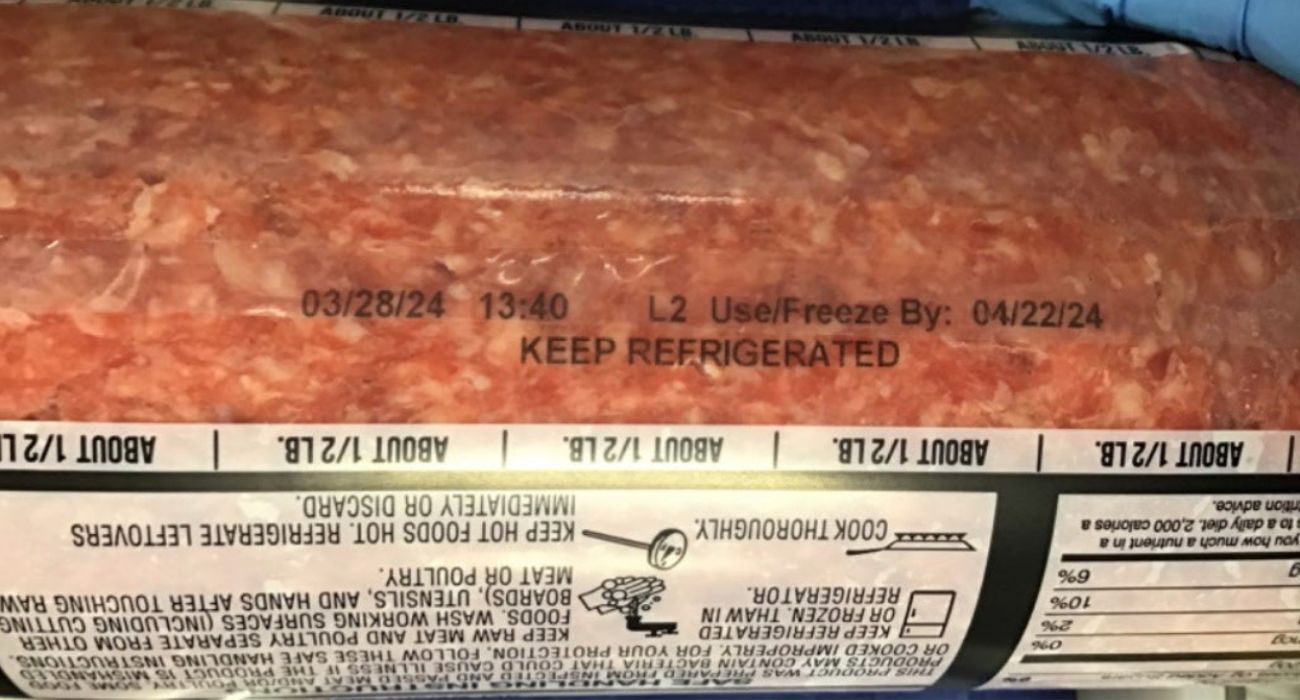The World Health Organization published a report on Tuesday indicating that high blood pressure, also known as hypertension, is a leading global health risk.
Often referred to as the “silent killer,” hypertension is defined as having a blood pressure reading of 140/90 mmHg or higher.
While the WHO report found that roughly 33% of adults worldwide have hypertension, and only about 20% of them receive adequate treatment.
Treatment is crucial since hypertension is often a precursor to serious health issues, including stroke, heart failure, heart attack, and kidney damage.
Moreover, as WHO Director-General Tedros Adhanom Ghebreyesus explained in the press release accompanying the report, drug treatment regimens are typically inexpensive and easy to follow.
The WHO partnered with the nonprofit Resolve to Save Lives (RSL) to encourage public health systems across the world to make hypertension treatment a priority.
“Hypertension control [programs] remain neglected, under-prioritized and vastly underfunded,” Ghebreyesus said. “Strengthening hypertension control must be part of every country’s journey towards universal health coverage, based on well-functioning, equitable and resilient health systems, built on a foundation of primary health care.”
The WHO also pointed to the economic benefits of improving hypertension treatment programs, estimating that such programs would eventually outweigh their costs by approximately 18 to 1.
As claimed in the report, ramping up hypertension treatment “could prevent 76 million deaths, 120 million strokes, 79 million heart attacks, and 17 million cases of heart failure between now and 2050.”
“Every hour, more than 1,000 people die from strokes and heart attacks. Most of these deaths are caused by high blood pressure, and most could have been prevented,” said RSL President Tom Frieden, per the press release.
Several lifestyle factors can influence an individual’s blood pressure, from maintaining physical fitness through regular exercise to limiting the use of alcohol and tobacco.
However, carrying excess weight and consuming an unbalanced, sodium-rich diet are also key risk factors.
As extensively covered by The Dallas Express, the obesity epidemic has affected not only American adults but also children. This is especially true in Texas, where roughly 20% of children ages 10-17 have been considered obese.
In terms of sodium, current global salt intake is over double the recommended limit set by the WHO, which stands at less than 2,000 mg per day.
Yet, due in large part to the high levels of salt typically found in processed foods, the average American has a daily sodium intake of over 3,400 mg, according to CNN. As such, an estimated 32% of Americans between the ages of 30 and 79 are believed to have hypertension.
Countries like Canada and South Korea have made notable strides in hypertension management. They have achieved over a 50% success rate in controlling blood pressure among adults.






